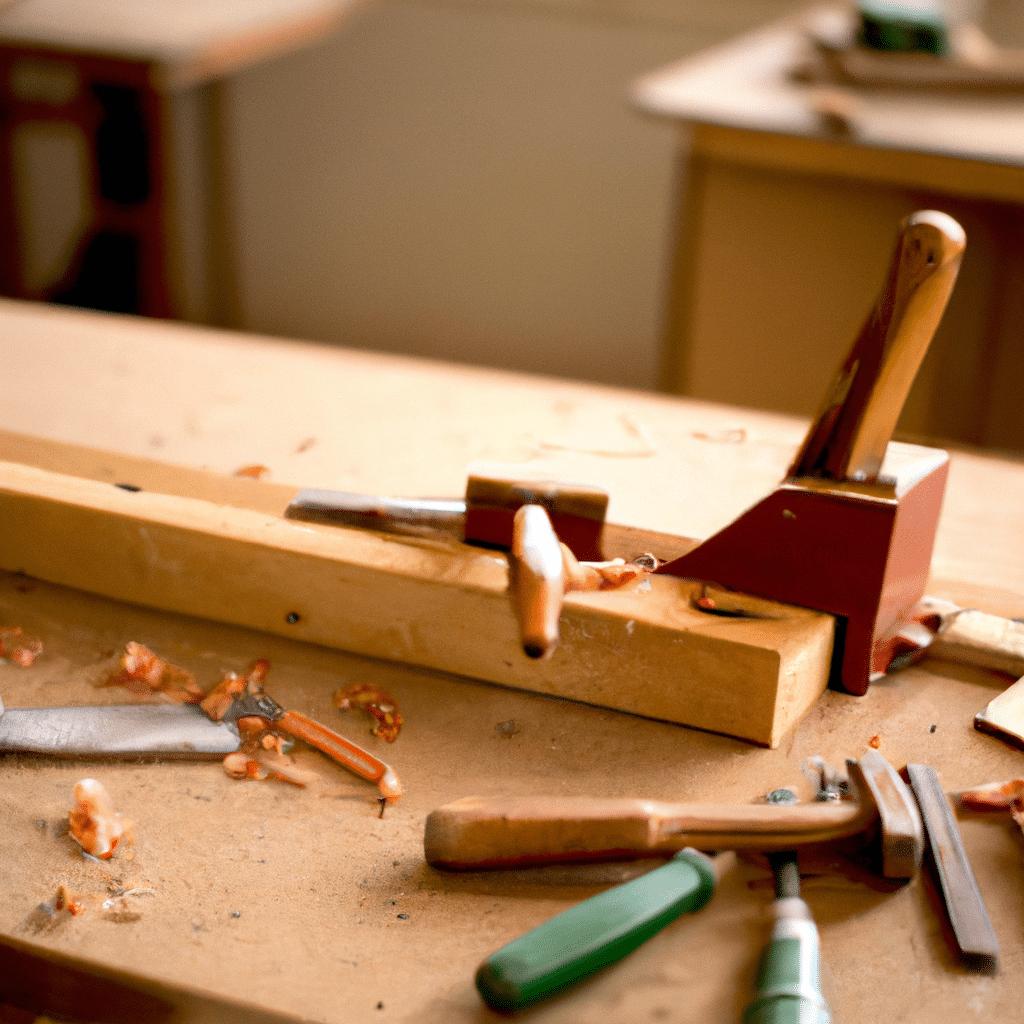Woodworking is a beautiful and rewarding craft that allows us to create stunning pieces of furniture and decorative items. However, even the most experienced woodworkers make mistakes from time to time. Whether it’s a cut that went wrong, a joint that didn’t fit properly, or a finish that didn’t turn out as expected, these mistakes can be disheartening. But fear not! In this comprehensive guide, we will show you how to fix common woodworking errors and salvage your projects. With a little know-how and some handy techniques, you’ll be able to turn those mistakes into masterpieces.

1. Assessing the Damage: Identifying and Understanding the Mistake
The first step in rescuing a woodworking mistake is to assess the damage and understand what went wrong. Take a moment to analyze the problem and determine the extent of the error. Is it a minor flaw that can be easily fixed, or is it a major setback that requires more extensive repair work? By identifying the mistake and understanding its implications, you’ll be better equipped to devise a plan for fixing it.
2. Correcting Measurement Errors: Dealing with Inaccurate Cuts and Dimensions
One of the most common mistakes in woodworking is inaccurate measurements, leading to cuts and dimensions that are off. To fix this, you may need to make adjustments to the piece itself or create new components to replace the ones that are incorrect. Take accurate measurements, use precision tools, and double-check your calculations to prevent measurement errors in the future.
3. Fixing Joinery Issues: Ensuring Strong and Stable Connections
Joinery is a fundamental aspect of woodworking, and mistakes in this area can compromise the structural integrity of your project. If a joint doesn’t fit properly or is weak, there are several ways to fix it. You can try adjusting the size or shape of the joint, reinforcing it with additional support, or even using alternative joinery techniques. With the right approach, you can salvage the joint and ensure a strong and stable connection.
4. Repairing Surface Imperfections: Dealing with Scratches, Dents, and Blemishes
Surface imperfections such as scratches, dents, and blemishes can detract from the beauty of your woodworking project. Fortunately, there are various methods for repairing these flaws. Depending on the severity of the damage, you can use techniques like sanding, filling, or even applying veneer or epoxy to restore the smoothness and aesthetics of the surface.
5. Resolving Finish Problems: Overcoming Issues with Stains, Paints, and Varnishes
Achieving a flawless finish is often the goal of every woodworker. However, mistakes can happen during the finishing process, resulting in uneven color, streaks, or blotches. To fix these finish problems, you may need to strip the existing finish, sand the surface, and reapply the stain, paint, or varnish with care. It’s important to follow the correct techniques and use high-quality products to achieve a professional-looking finish.
6. Salvaging Split or Damaged Wood: Restoring Strength and Beauty
Wood is a natural material that can be prone to splitting, cracking, or other forms of damage. When faced with split or damaged wood, there are several methods you can use to salvage it. These include gluing and clamping the wood back together, reinforcing it with dowels or splines, or even replacing the damaged section with new wood. With the right approach, you can restore both the strength and beauty of the wood.
7. Learning from Mistakes: Preventing Future Errors
While it’s essential to know how to fix woodworking mistakes, it’s equally important to learn from them and prevent future errors. Take the time to reflect on what caused the mistake and how it could have been avoided. This could involve improving your skills, investing in better tools, or implementing better planning and organization in your woodworking projects. By continuously learning and growing, you’ll be able to minimize mistakes and become a more proficient woodworker.
In conclusion, woodworking mistakes are inevitable, even for the most experienced craftsmen. However, with the right knowledge and techniques, it’s possible to fix common errors and salvage your projects. By assessing the damage, correcting measurement errors, fixing joinery issues, repairing surface imperfections, resolving finish problems, salvaging split or damaged wood, and learning from mistakes, you can turn setbacks into opportunities for growth and improvement. So don’t let mistakes discourage you. Embrace them as valuable learning experiences and let your creativity shine through the process of rescuing and transforming your woodworking projects.








